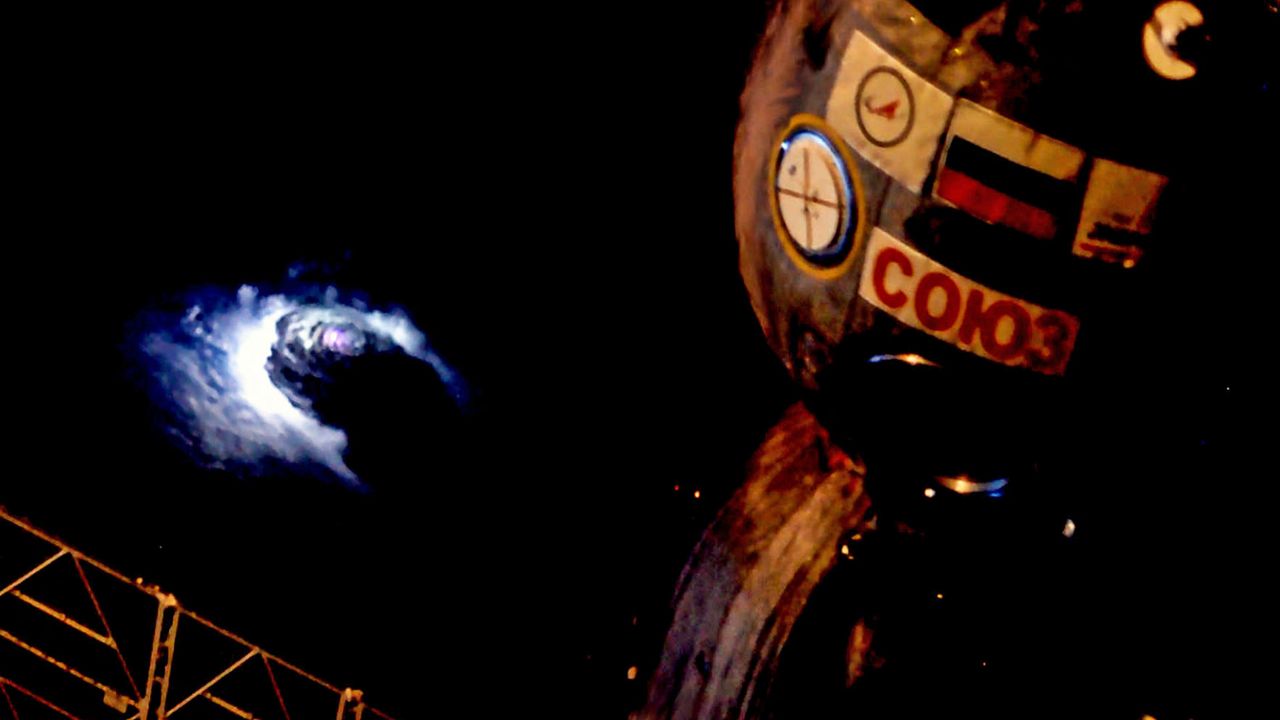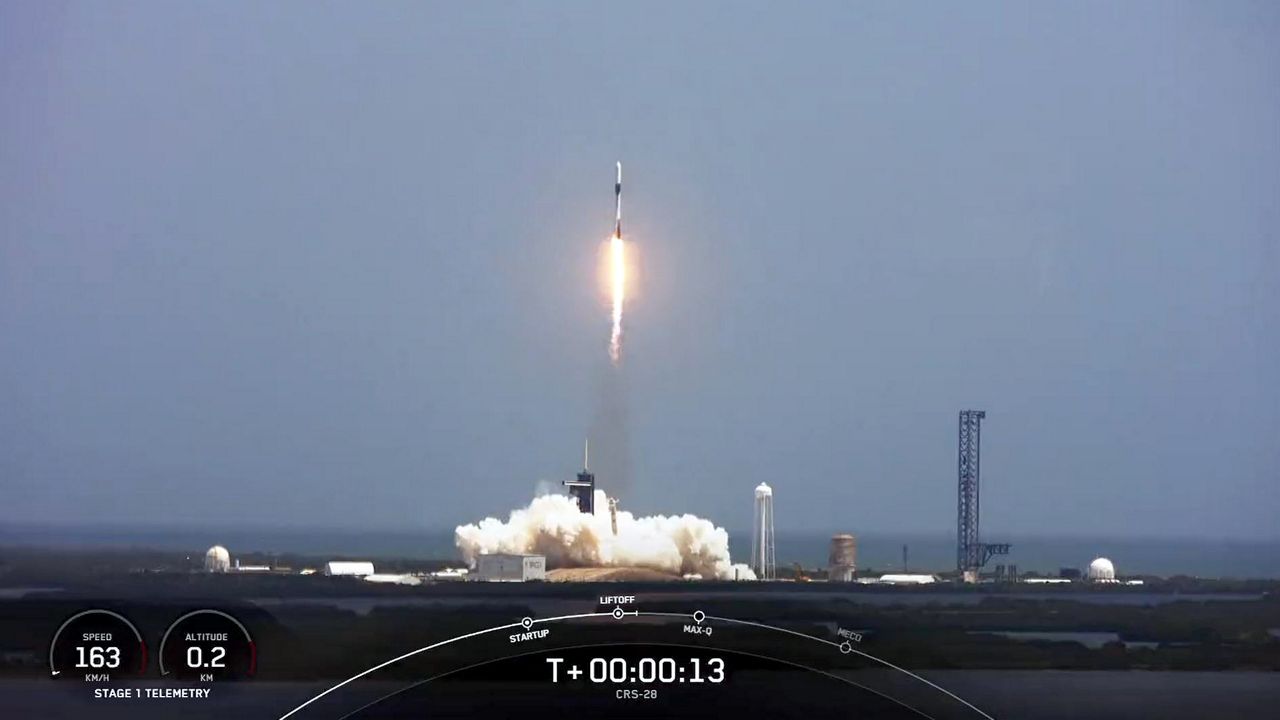KENNEDY SPACE CENTER — After delaying the mission due to mainly weather, SpaceX was able to launch the NASA resupply mission to the International Space Station on Monday morning.
What You Need To Know
- Supplies and experiments are heading to the ISS
- Poor weather conditions pushed the launch back a few times.
- Go here for more space coverage
- 🔻Scroll down to watch the launch🔻
Lifting off from Launch Complex 39A at the Kennedy Space Center, the Falcon 9 rocket cast the Commercial Resupply Service mission 28 (CRS-28) to the ISS on Monday, June 5, at 11:47 a.m. ET.
Liftoff! pic.twitter.com/alTnpRy2Bu
— SpaceX (@SpaceX) June 5, 2023
A series of delays
Originally, the mission was going to launch on Saturday at 12:34 p.m. ET, but it was scrubbed due to weather conditions and vehicle preparations, stated SpaceX.
The next attempt was set for Sunday at 12:12 p.m. ET, but due to high winds in the recovery area, SpaceX announced that it would reschedule the launch until Monday.
Standing down from today's launch of @NASA's CRS-28 mission to the @space_station due to high winds in the recovery area. New T-0 of 11:47 a.m. ET on Monday, June 5; teams will continue to monitor weather, which is 60% favorable for liftoff → https://t.co/sV9VI89cC4 pic.twitter.com/JdFM7cbGtw
— SpaceX (@SpaceX) June 4, 2023
On both Thursday and Friday, the 45th Weather Squadron gave only a 30% chance of good liftoff weather for both Saturday and Sunday for the CRS-28 mission.
The squadron on Sunday gave a 60% of good launch conditions for Monday's launch attempt, with the main concerns being the cumulus cloud rule, flight through precipitation and liftoff winds
Go here to learn about NASA’s launch weather criteria for the Falcon 9 rocket.
The Falcon 9's first-stage booster B1077 has been on four successful missions before this one:
- Crew-5
- GPS III Space Vehicle 06
- Inmarsat I-6 F2
- One Starlink launch
After the stage separation, the Falcon 9 returned to Earth and landed on the droneship A Shortfall of Gravitas that is out in the Atlantic.
Falcon 9’s first stage has landed on the A Shortfall of Gravitas droneship pic.twitter.com/AS5e7fJcQ9
— SpaceX (@SpaceX) June 5, 2023
If Monday’s launch is on schedule, while the Falcon 9 returns to Earth, the cargo Dragon spacecraft will take about a 42-hour voyage before it can dock with the ISS, which is expected to occur at 6:15 a.m. ET, on Tuesday, June 6.
Originally, if the launch had happened on Saturday, the Dragon would have docked at the ISS at 5:38 a.m. ET, on Monday, June 5, after an approximate 41-hour trip.

Understanding the mission
In addition to food, equipment and other supplies, the Dragon capsule is also carrying out various experiments. Some of them will benefit not just the station itself but future missions and down here on Earth.
One of the next items being launched is for the floating laboratory itself: International Space Station Roll Out Solar Arrays.
Once installed on the ISS, the solar panels will use stored kinetic energy to roll out and it is expected that they will provide an increase of power — 20% to 30% — that will be used for the space station as it conducts research and missions.
Another experiment comes from the University of Florida. The purpose of this experiment is to determine if second-generation plant seeds in space could pass down gene changes to future generations.
Researchers are hoping for two types of results: How future generations of plants can provide food and services to future space missions and to see if the strategies used for this experiment can be used on Earth.
Another experiment comes from the European Space Agency. Called the Thor-Davis, it will expand on a previous experiment.
It will monitor thunderstorms from the ISS, which will give researchers insight into lightning and electrical activity in Earth’s atmosphere with the hope of better understanding the planet’s climate and weather.



